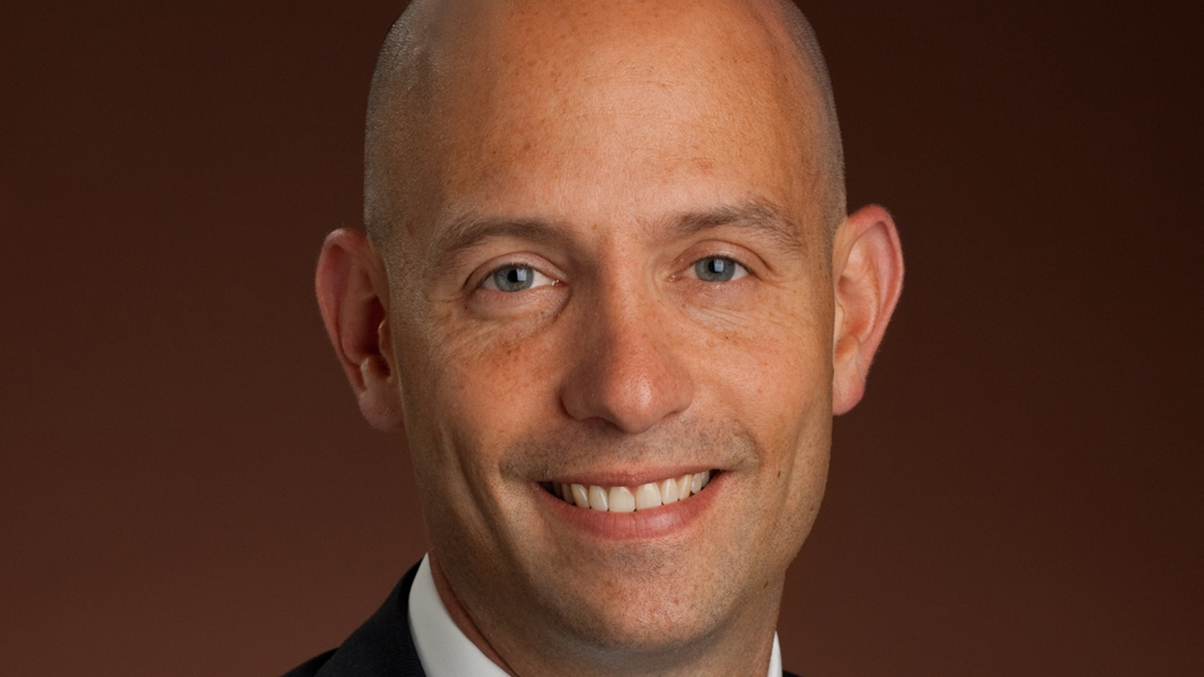JP Morgan aims to double funds market share
But it faces challenges. “When I mentioned diversification and long-term investing [to intermediaries], they all laughed,” says new Asia head Jed Laskowitz.

Ever since JF Funds introduced the bank-distributed mutual funds model to Asia in Taiwan in the 1980s, the business has failed to realise its potential.
Sign in to read on!
Registered users get 2 free articles in 30 days.
Subscribers have full unlimited access to AsianInvestor
Not signed up? New users get 2 free articles per month, plus a 7-day unlimited free trial.
¬ Haymarket Media Limited. All rights reserved.


